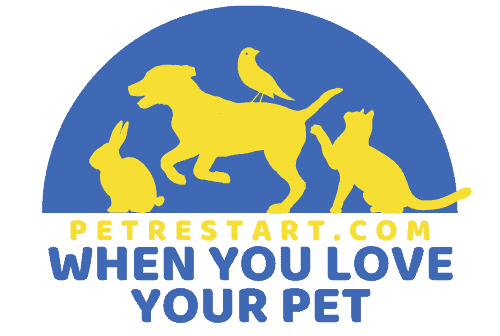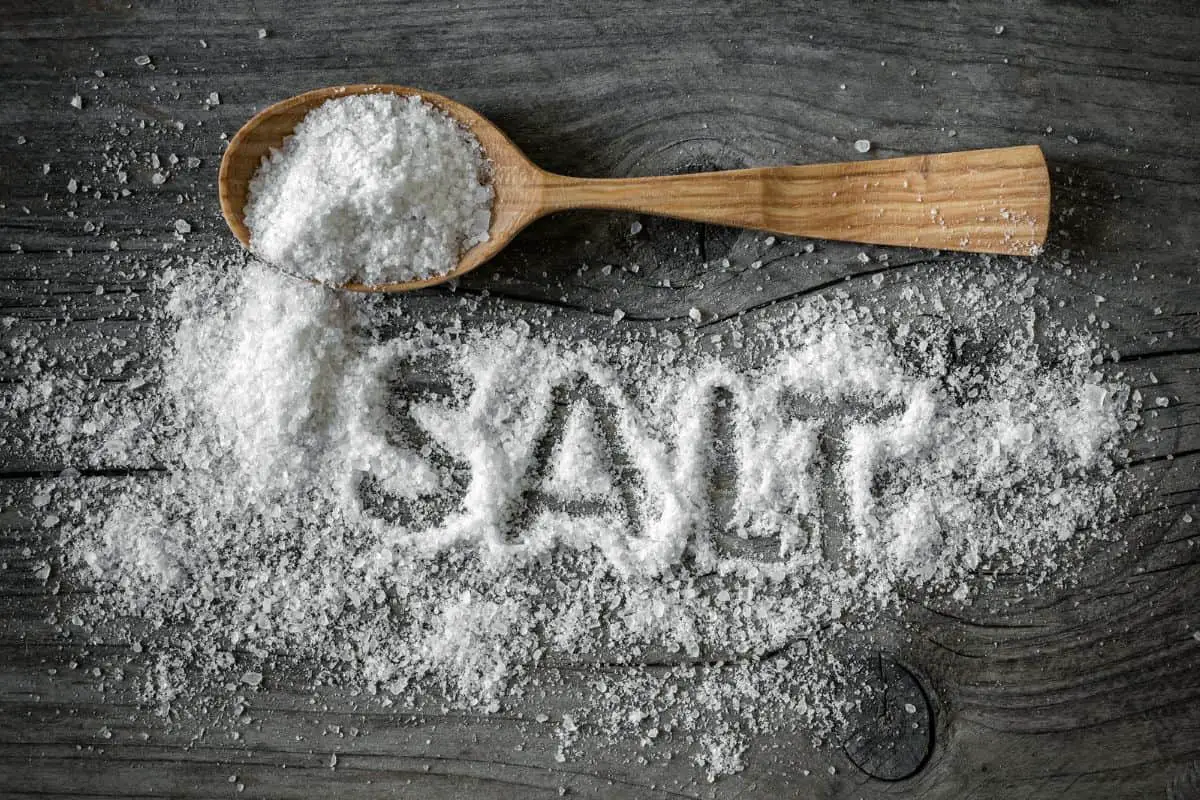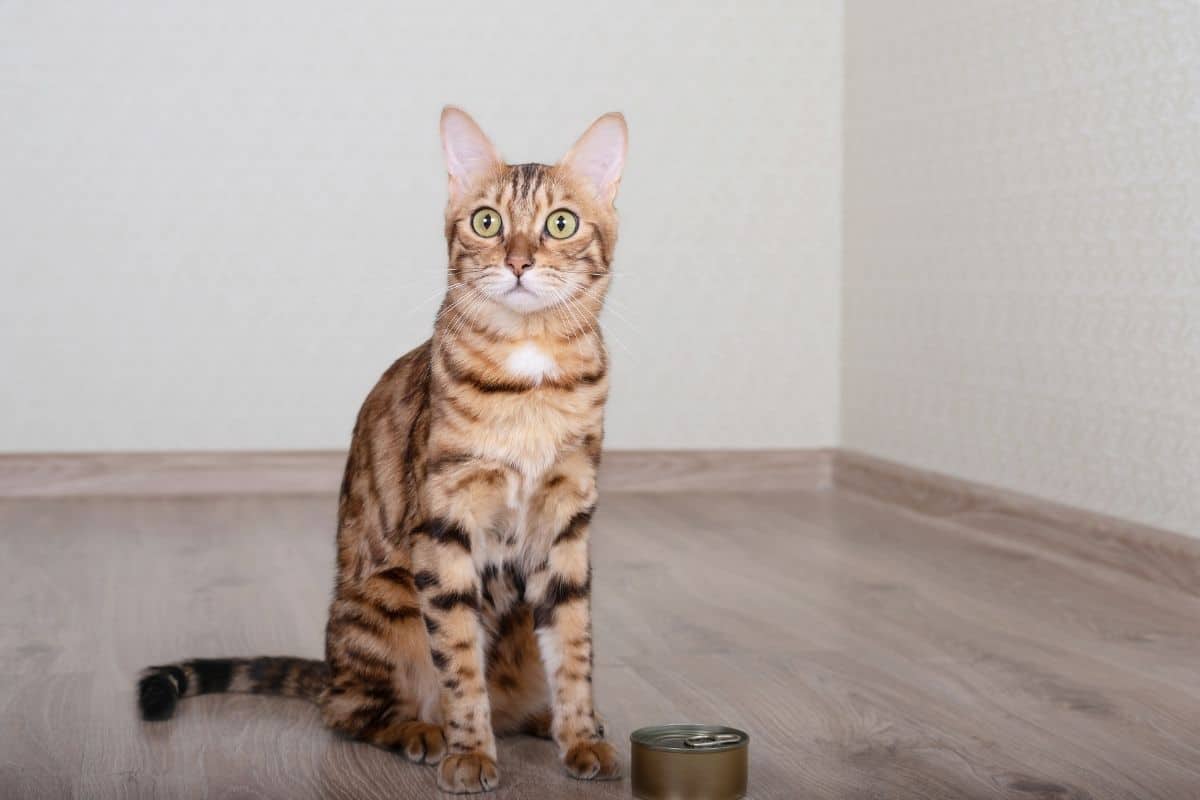If you have ever had your cat give you a good lick down, you might think they are after your salty skin and are perhaps lacking salt in their diet. Sodium (salt) is a vital part of body functioning in all animals, including cats. It is an electrolyte and is responsible for controlling the fluid in the blood and around cells, as well as being required for muscle and nerve functioning. The sodium in an animal’s body, including ours, is a delicate balance. Both too much or too little can lead to serious health concerns.
Cats don’t need salt licks as they receive enough sodium in their food. Too much salt can result in salt toxicity. Exposing them to a salt lick that they have free access to can be lethal. Cats can become addicted to the salt and ingest quantities, leading to health problems and even death.
Sodium has an essential role in a healthy, functioning body, and maintaining the correct level is of utmost importance. But how do you know if your cat needs more or less salt in its diet?
Do Cats Need Salt In Their Diet?
A cat cannot survive without salt in its diet. Because sodium plays such an important part in maintaining a healthy body, it cannot be excluded from a cat’s diet.
Without salt, a cat would suffer from hyponatremia, which is the fancy word for sodium deficiency. If a cat experiences a sudden drop in sodium, this is very dangerous for its health as the brain goes into shock resulting in neurological problems. If this is not addressed immediately, it can have lasting brain damage or even death.
If a loss of sodium happens slowly over time, the body will adjust to protect the brain. However, this slower loss of sodium is still a health concern causing an electrolyte imbalance and must be treated by your vet.
Symptoms of hyponatremia include
- Lethargy
- Weakness
- Confusion
- Vomiting/ Diarrhea
- Labored Breathing
- Seizures
- Coma
Low levels of sodium are rarely due to a lack of salt intake. Usually, the cause is an underlying disease that is not allowing the dilution and absorption of sodium. However, if you are feeding your cat a diet completely free of salt, eventually (unless they are avid hunters and eating the neighborhood birds and rodents) will suffer from a sodium deficiency.
Should You Add Salt To Your Cat’s Food
Adding salt to your cat’s food should not be necessary. Cats do not seek salt deposits in the wild as some other mammals do. They are able to absorb enough salt through their food sources. Meat, poultry, fish, and eggs are all excellent sources of sodium. If you feed your cat a balanced diet, which should contain high protein and low carbohydrates, then they will be receiving the salt they require.
Although still somewhat of a controversial issue, most commercial cat food contains table salt. According to the Association of American Food Control, dry cat food should have a minimum of 0.2% sodium to maintain health in cats. Of course, the controversy comes in with the high amounts of sodium found in commercial cat food, way above the required amount.
The argument behind this is that increased amounts of salt result in cats drinking more water and urinating more often, lowering the risk of urolithiasis (stones in the bladder or urinary tract). The idea is that in healthy cats, the excess sodium that is not needed will be excreted. However, some studies have shown that an increase in the intake of sodium results in an increase in its absorption, so it might not necessarily be true that excess sodium is being excreted.
The recommended amount of sodium for a healthy adult cat is 40mg/MJ, but studies have shown that the safe upper limit of intake can be as much as 740mg/MJ.
It is always good to monitor your cat’s diet and read the labels on commercial cat food to know what your feline is ingesting. Either way, if they have a raw food or commercial pet food diet, they are probably getting on the upper levels of salt requirements, and therefore, it is best not to add even more salt to their diets.
What Happens If A Cat Licks A Salt Lamp?
With their pretty pink glow, Himalayan salt lamps are said to have various health benefits to humans, although none of them have been substantiated. They don’t, however, benefit the health of our furry companions and can be a death sentence.
Himalayan salt lamps are mined from the pink salt deposits found in Pakistan, where an ancient inland sea dried up millennia ago. So yes, they are giant lumps of pure salt.
Both cats and dogs are susceptible to salt toxicity, but unlike dogs, cats are curious creatures and are often found venturing on high surfaces where they could meet a salt lamp. Unfortunately, in this instance, curiosity could kill the cat.
There has been research to indicate that cats won’t seek out salt if they have a deficiency of it in their bodies. Therefore, it is unlikely that your cat will be attracted to your salt lamp to try and replace sodium. Chances are, if they are curious enough to give it a lick, they might land up liking it, and this can turn into an addiction for them. Both the texture and saltiness will be attractive to them. Although cats have far fewer taste receptors compared with us (473 versus our 9000), they are responsive to all four flavor zones, including salt.
It would be like presenting a toddler with a room full of potato chips and then trying to explain to them that they shouldn’t eat them for health reasons.
As the cat becomes more obsessed with licking the raw salt, it will gradually increase the amount of sodium in its body, throwing out its electrolyte balance. There have been several cases where cats have almost died from overlicking salt lamps.
If your cat has a lick of the lamp every once in a while, it’s doubtful to do any damage. However, if you regularly find your cat licking the lamp, you should place it where it cannot reach it and keep an eye out for any changes that could indicate salt toxicity.
Salt poisoning will cause an electrolyte imbalance with an excess of sodium. This state is referred to as hypernatremia as there is now too much sodium in the body. The overdose of salt will mean that fluid will be pulled out of the cells and tissues, increasing blood volume. Hypernatremia will occur when the kidneys cannot return the blood volume to normal levels. The brain is susceptible to sodium levels, is the first to be affected, and is likely to swell. The symptoms of salt poisoning to be aware of are
- Altered mental state
- Staggering
- Vomiting
- Partial Blindness
- Seizures
If you get your cat to the vet quickly, they will treat the poisoning with an IV drip to replace the water and dilute the sodium in the blood.
What Other Foods Are Toxic To Cats?
There are a few other foods that we don’t think much of but would prove dangerous if ingested by your cat.
Although cats are often depicted lapping up milk, dairy products are not suitable for them. Most cats do not fare well on cow’s milk, and it can cause diarrhea and vomiting.
Raw eggs and meat are also not a good idea. Although cats would eat raw meat in the wild, this would be fresh, but we could land up giving them raw meat with salmonella or e.coli.
Don’t let your cat get stuck into the dog food. Although it is not a big issue from time to time, if this becomes its primary source of food, your cat will begin to lack the nutrients they need. Dog food does not contain vitamin A, taurine, or arachidonic acid, which your cat requires to be healthy.
Other foods to avoid for your cat are
- Garlic
- Onions
- Chocolate
- Bread and Yeast
- Caffeine
- Tuna
Conclusion
Salt is a crucial component in a healthy cat diet. As sodium in the body, it controls the liquid in blood and around cells and is responsible for muscle and nerve functioning. It is vital for this electrolyte to be balanced in the body. This means that your cat should not take in too much or too little salt as either way can result in health concerns. Most cat foods and meat all contain high salt levels, so with a balanced diet, your kitty will be getting all the salt needed to be healthy and happy. Be cautious of having a salt lamp around the house if you have an active and inquisitive cat. They could become addicted to the salt and overdose on it.
- Advantage Pet Care 2020, accessed 30 April 2021, Seven foods your cat shouldn’t eat
- Heart 2021, accessed 30 April 2021, Vets warn Himalayan salt lamps are dangerous and could KILL cats – Heart
- Iams 2021, accessed 30 April 2021, How Is Sodium Used in Your Cat Foods | IAMS Cat Care
- Ontario Veterinary College 2021, accessed 30 April 2021, Salt Lamps and Your Pet’s Safety | OVC Health Sciences Centre
- Pet MD 2021, accessed 30 April 2010, Sodium Deficiency in Cats | PetMD
- Wag 2021, accessed 30 April 2021, Sodium Deficiency in Cats – Symptoms, Causes, Diagnosis, Treatment, Recovery, Management, Cost
- Wag 2021, accessed 30 April 2021, Excess Sodium in the Blood of Cats in Cats – Symptoms, Causes, Diagnosis, Treatment, Recovery, Management, Cost
- Wiley Online Library 2021, accessed 30 April 2021, Sodium in feline nutrition – Nguyen – 2017 – Journal of Animal Physiology and Animal Nutrition – Wiley Online Library







